What Everyone Needs To Know About Laxatives And Constipation
Laxatives are commonly used to treat and relieve constipation, which occurs when an individual has less than three bowel movements a week due to hard feces that are difficult to pass. Constipation occurs when food moves slowly through the digestive tract. The slower it moves, the more water the colon draws out of it, which causes the feces to become hard, dry and painful to excrete. Over-the-counter laxative medications relieve constipation through several mechanisms to promote regularity; however, most laxatives are not safe for long-term use.
Read about all the facts individuals should know about laxatives and constipation, starting with what can trigger bouts of constipation.
Causes Of Constipation
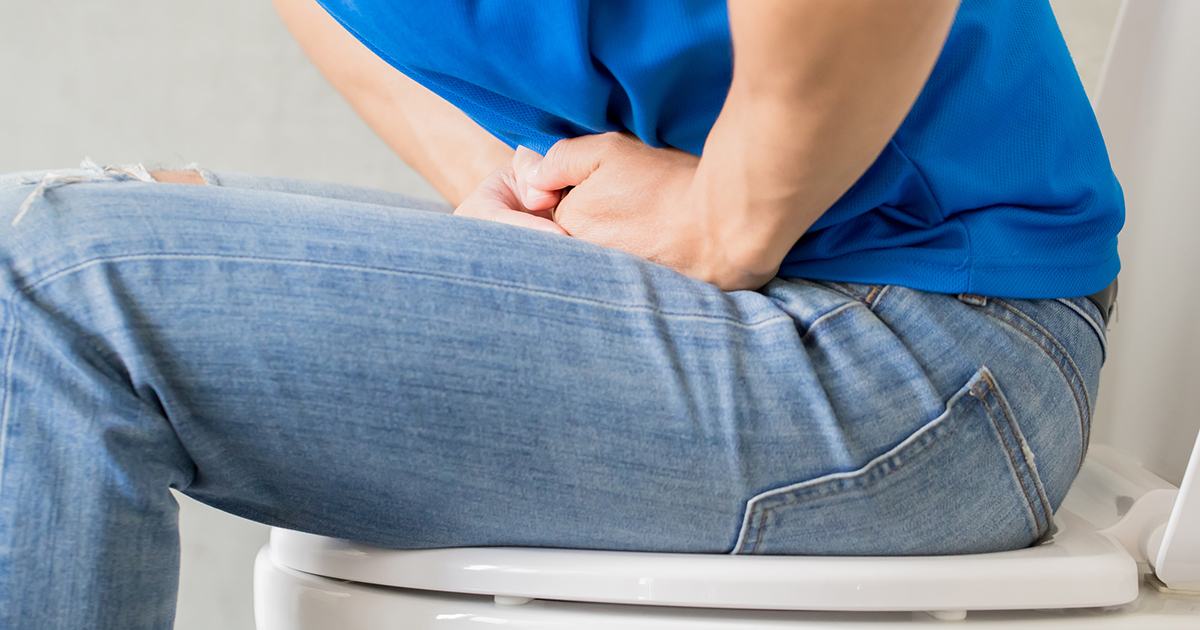
Constipation may be the result of a lack of dietary fiber, physical inactivity, as well as certain medications. Medications with constipation as a side effect include antidepressants, opioids, diuretics, anticonvulsants, and calcium channel blocking drugs. Some dairy products, aging, irritable bowel syndrome and other bowel diseases, changes in an individual’s daily routine, and pregnancy may also result in constipation, as can dehydration, problems with the rectum, and taking too many laxatives. Holding it in or not going to the bathroom when needed may also cause constipation and digestive discomfort. Stress can also cause the issue, and when it is not the cause, can still exacerbate it.
Get the full details on the different types of laxatives next.
Types Of Laxatives

There are five main types of over-the-counter laxatives available for those who wish to use them. Oral osmotic laxatives work by drawing water from surrounding body tissue and into the colon, making it easier to pass fecal matter. Oral bulk formers promote softer stool by absorbing water, resulting in a bulkier mass that’s easier to pass through the digestive tract. Oral stool softeners soften the stool by adding moisture to the matter. Finally, oral and rectal stimulants work by triggers contractions of the intestinal muscles to eliminate fecal matter.
Learn more specifics about how laxatives work next.
How Laxatives Work
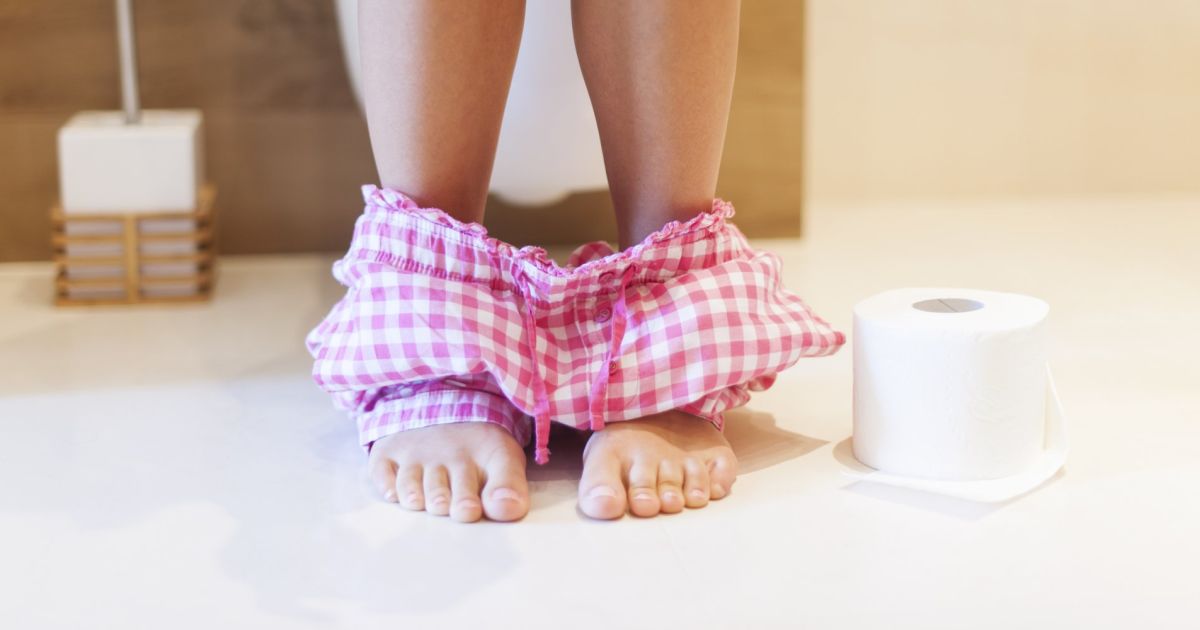
Laxatives help move matter through the digestive tract in several different ways. Some laxatives draw water to the stool, making it easier to pass. Other laxatives cause the intestinal muscles to contract, which helps individuals naturally push the matter out. These types of laxatives tend to be most painful as the fecal matter is still hard, yet the digestive muscles are being forced to pass it. Laxative supplements that add bulk to fecal matter are safest to use because they allow the body to naturally eliminate a larger mass, which tends to be easier to move through the intestines.
Read about the different side effects commonly linked to laxatives now.
Side Effects

Taking oral laxatives may interfere with the body’s ability to absorb some nutrients and medications including blood thinners, certain heart and bone medications, and some antibiotics. Prolonged use of laxatives can result in an electrolyte imbalance. Electrolytes such as magnesium, sodium, chloride, potassium, and calcium are needed to regulate bodily functions. Abnormal heart rhythms, confusion, seizures, and weakness are common symptoms of an electrolyte imbalance. Laxatives may also result in bloating, rectal irritation, gas, cramping, bloody diarrhea, stomach discomfort, increased thirst, and belching. As such, taking them for extended periods is not generally recommended.
Get familiar with more cautions associated with laxative use next.
Cautions

Everyone should be cautious when taking laxatives of any kind and for any length of time. Individuals who are taking laxatives should seek immediate medical help if weakness, dizziness, confusion, fatigue, rectal bleeding, or blood stools begin to develop, as these may be symptoms of an underlying medical condition or a reaction to the laxative. Patients should also seek help if constipation or laxative use lasts longer than seven days as a bowel obstruction may be present. Laxatives should not be used by pregnant women and on children under six years old. Prolonged laxative use can decrease the digestive tract's ability to naturally contract, which may cause further constipation.
Keep reading to learn about more laxative facts now.
How Laxatives Can Be Taken
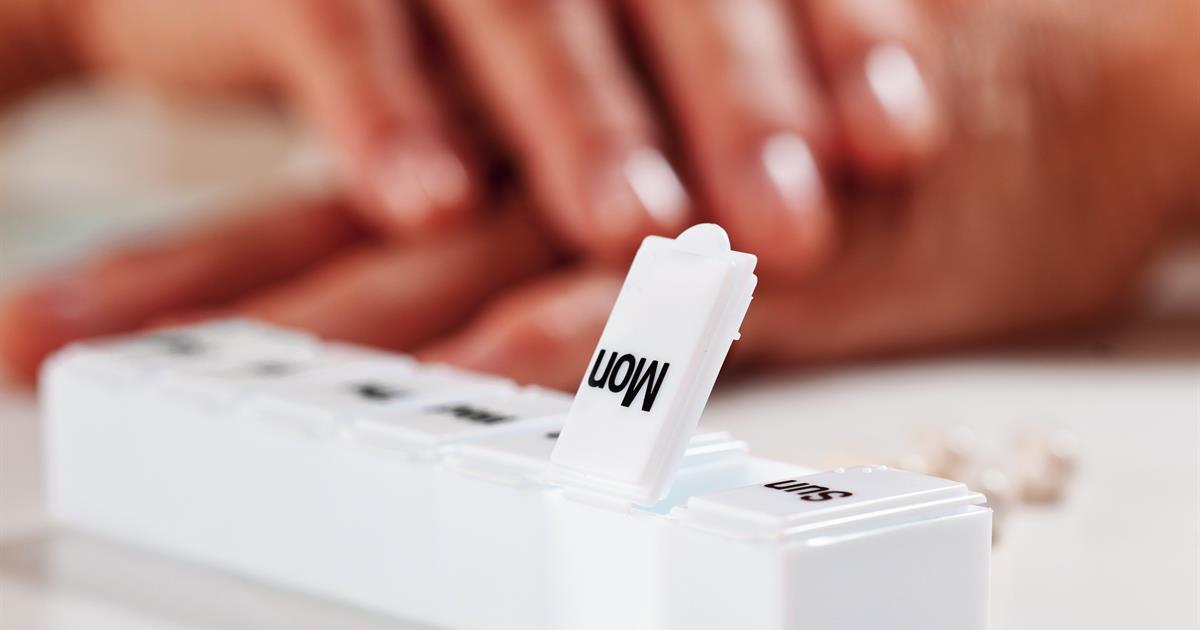
Understanding how laxatives can be taken is an important first step in getting effective proper relief from constipation. Laxatives can be taken either orally (by mouth), inserted rectally in a suppository, or intravenously for incapacitated patients. Oral laxatives are the most common and can generally be purchased without a prescription. Oral laxatives can prevent the body from absorbing certain nutrients and medications and should be used sparingly. Suppositories are laxatives inserted into the rectum prompting the intestines to contract, making bowel movements easier. Incapacitated individuals, such as those receiving care in an intensive care unit, may receive laxative treatment through transmitted via a liquid medication through a vein. This method, however, is not common.
Read more about laxatives and constipation now.
Seek Medical Attention If Problems Persist

Occasional constipation is normal and can generally be treated and remedied with the addition of certain high fiber foods and an increase in water intake and exercise. Laxatives can provide effective relief if an individual's diet and exercise do not return bowel movements to their regular state. Laxatives, however, should only be a short term solution and patients should seek medical attention if problems with constipation persist. Frequent or chronic constipation can be an indication of a more serious problem regarding the digestion or the bowels and should be evaluated by a medical professional. Medical attention should be sought if constipation lasts for more than two weeks, bowel movements cause severe pain, there is blood in the stool, there is weight loss not attributed to dieting or there is considerable cramping with an inability to pass stool or gas.
Learn about what to try before using laxatives for constipation next.
Natural Ways To Treat Constipation

Before taking a laxative, individuals should try naturally treating constipation by increasing their water intake, as doing so will help them avoid side effects. Water is needed to make the stool soft and naturally help it move through the digestive tract. Drinking warm liquids, especially first thing in the morning, may also help stimulate digestion. Individuals should avoid very cold drinks, as these may shock the muscles in the digestive tract, making them harder to contract. Water infused with lemon, bone broth, coffee (in moderation), and herbal teas are good options for getting things moving.
Learn about fiber and constipation relief next.
High Fiber Foods

Fiber creates a bulk effect in the digestive tract, which is often easier to pass than smaller stools. Eating lots of fruits and vegetables may help relieve constipation. Individuals should concentrate on high-fiber foods such as beans, figs, dates, prunes, broccoli, green leafy vegetables, unprocessed whole grains such as oatmeal and brown rice, apples, pears, sweet potatoes, avocado, as well as chia seeds and flaxseed. Dried fruit is another excellent way for individuals to get more fiber in their diet; however, they tend to be full of added sugar. Avoid processed foods that are hard to pass.
Learn about bathroom time and constipation next.
Schedule Bathroom Time
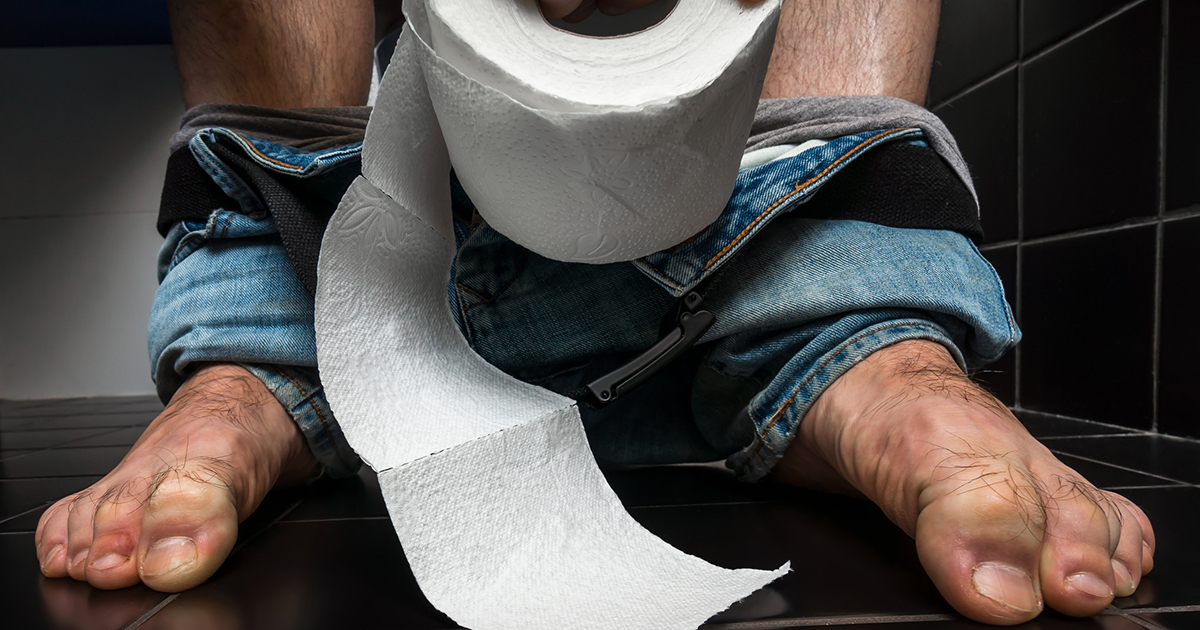
Some individuals have a hard time going to the bathroom because they are rushed or just do not make time to use the bathroom. Individuals dealing with constipation should make it a point to start the day off right with a high fiber breakfast such as oatmeal with flaxseed and blueberries and a mug of hot green tea. They should be sure to sit down for breakfast every day and relax while eating. Afterward, they should schedule some time to go to the bathroom before they head out the door to work or school for the day. Using laxatives in the morning makes it even more important for individuals to schedule bathroom time before they leave, particularly if they have a long commute.
Learn the facts about exercise and constipation next.
Exercise

Research shows exercise speeds things up in the digestive tract similar to the way it promotes metabolism. Exercise significantly decreases the time it takes food to pass through the colon for immediate bowel relief. It also limits the amount of water from being absorbed from the stool, which helps prevent stool from becoming too hard and dry, which is why it can be difficult to pass sometimes. Individuals looking to help their body deal with constipation may wish to try aerobic exercises such as running, biking, swimming, and walking, which all stimulate the contraction of abdominal muscles through the accelerated breathing and heart rate. This helps push food through the intestines and reduces the potential for hard stool.
Uncover the facts linking constipation and probiotics next.
Probiotics

Probiotics are the 'good' bacteria in the gut that improve an individual's immune system health and keep things running smoothing in the digestive tract. Many individuals use probiotics to promote regularity and to prevent or relieve constipation. Foods considered good sources of probiotics are yogurt, sauerkraut, miso, tempeh, kefir, dark chocolate, and pickles. Taking a probiotic supplement is also a good way for individuals to include more probiotics in their diet. However, individuals looking to try this option should start slowly and should not increase their consumption of probiotics to more than twenty or thirty billion colony forming units as this may cause digestive distress such as bloating, gas, and diarrhea.
Get details about enemas and their link to constipation next.
What About An Enema?
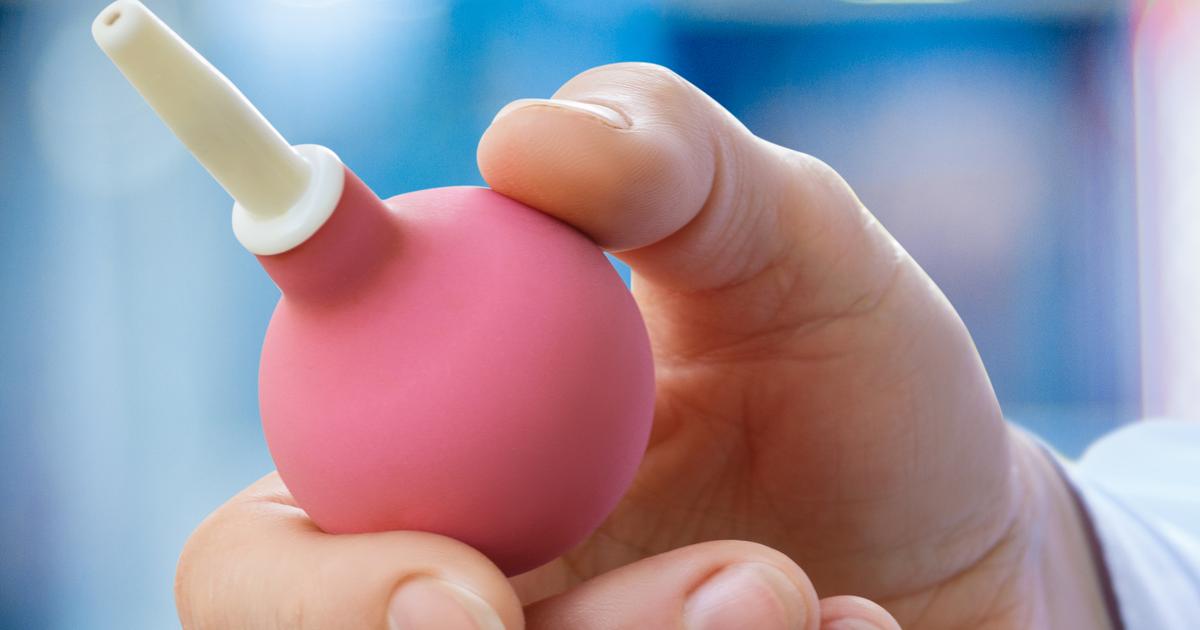
Individuals interested in effective constipation relief may wonder about if an enema would be effective. An enema is not a laxative, and due to its invasive nature, it is considered a last resort type of treatment for constipation, only to be used when other methods have been ineffective. An enema involves pushing fluid into the intestines via the rectum, which softens stool that may be impacted, flushing the system in one large bowel movement. The fluid used in an enema is generally a blend of water and other liquid matter, such as mineral oil, saline, or milk and molasses. Experts warn against using enemas frequently, as they can cause dehydration, as well as result in a condition called hyponatremia, in which the sodium in the blood becomes dangerously low, resulting in decreased cognitive function and muscle spasms.